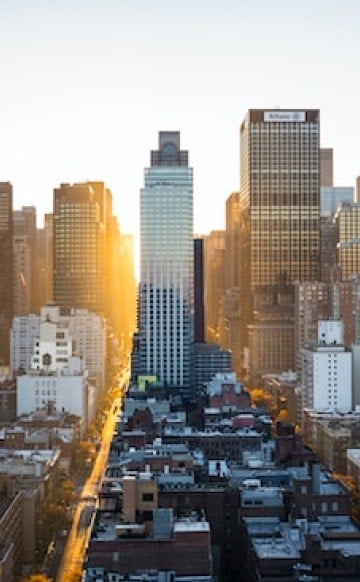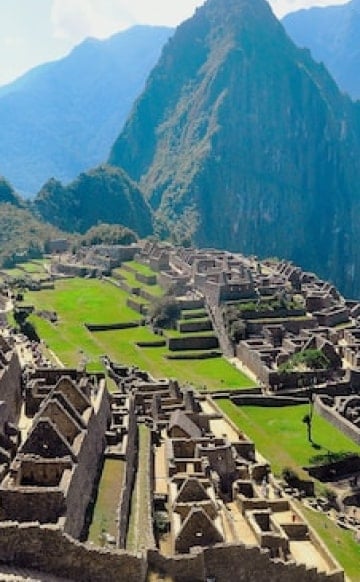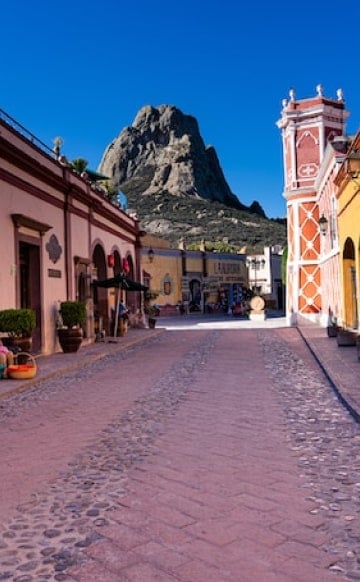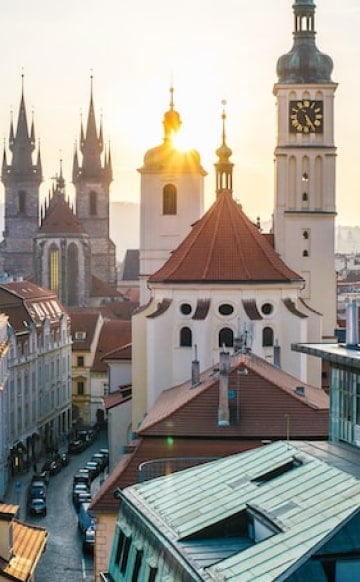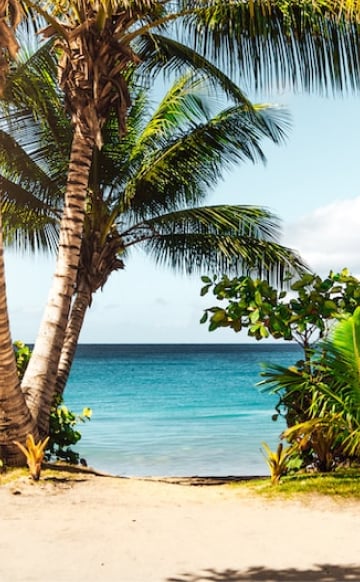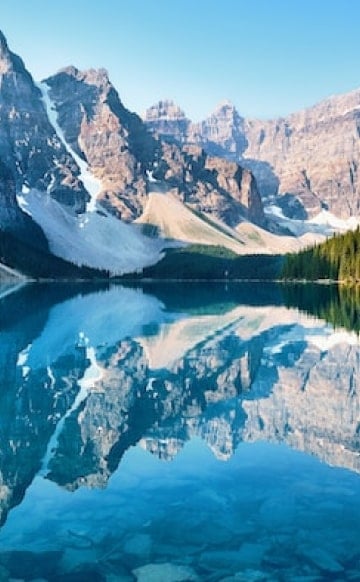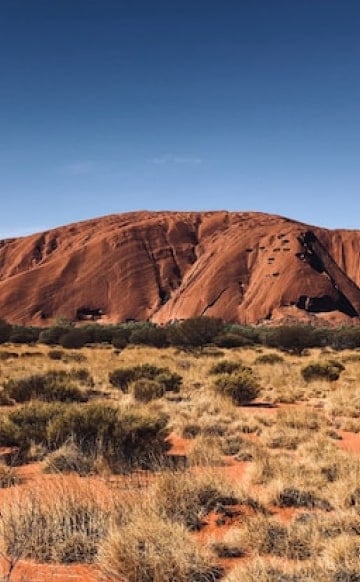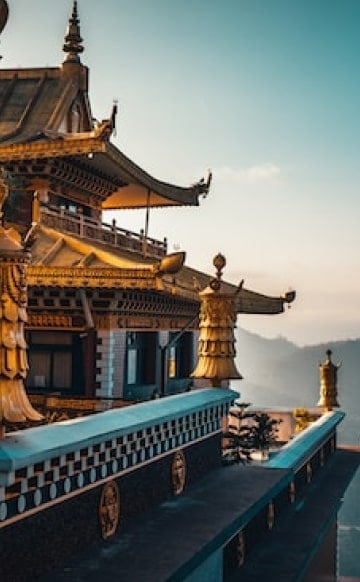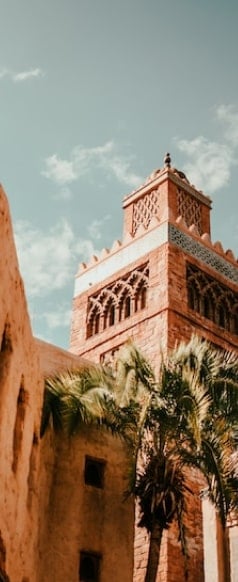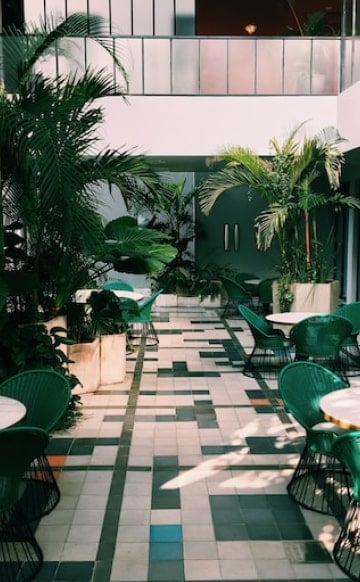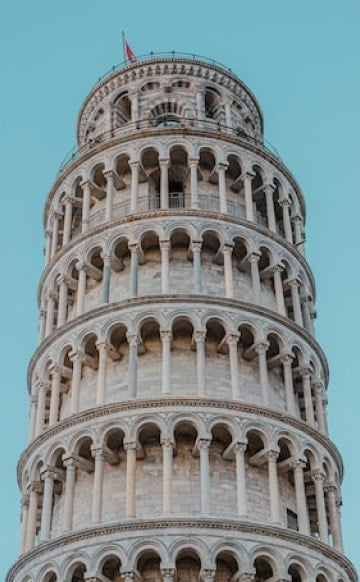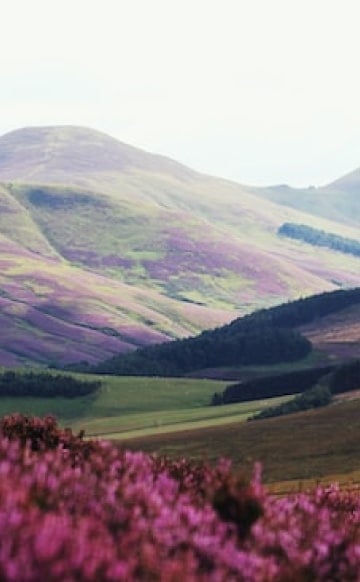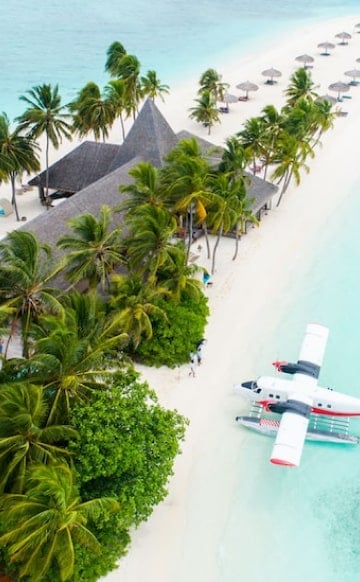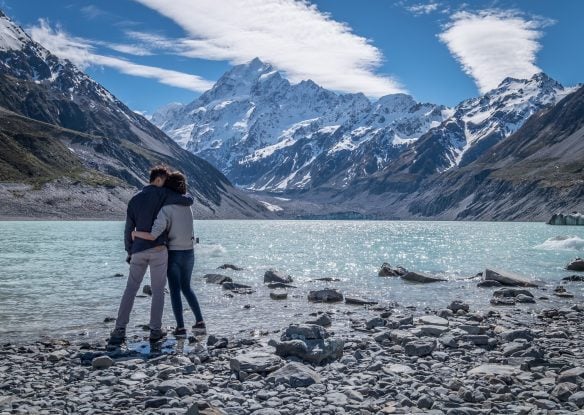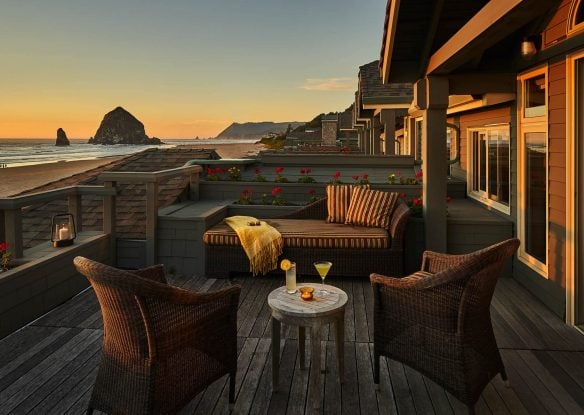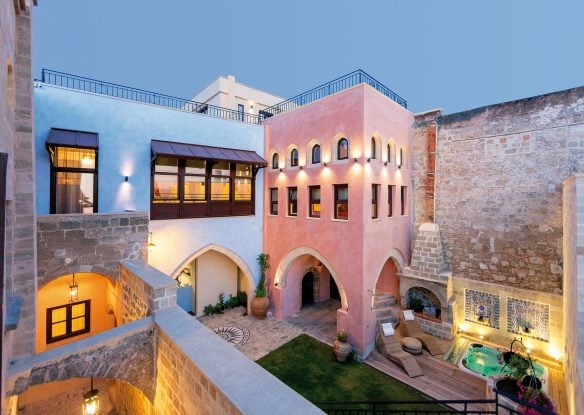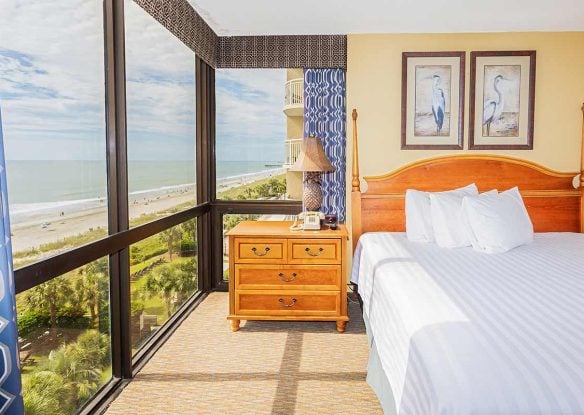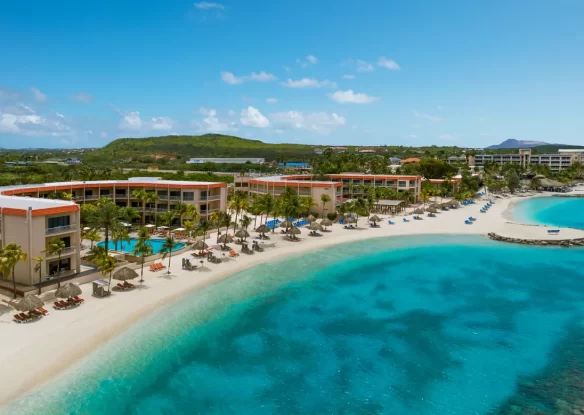You may still be staring out at a snowy landscape, but before you know it, spring will be here, which means its a good time to visit some of the world’s most beautiful botanical gardens. With this wonderful season that brings back more daylight, lush green grass, rejuvenation and renewal, is a world in bloom once again – and now is the perfect time to plan to visit some of the most magnificent gardens on earth, including these.

Keukenhof Gardens - Lisse, Netherlands
Also known as the Garden in Europe, Springs Garden Keukenhof is the world’s largest flower garden, and also one of the world’s best spots to see colorful flowers. More than seven tulips, daffodils and hyacinths grace this 80-acre park in the small town of Lisse, about a 40-minute drive southwest of Amsterdam in an area referred to as the “Dune and Bulb Region.” Open annually from mid-March to mid-May, if you’re hoping to view the colorful tulips, mid-April is usually your best bet. The garden also features a number of restaurants and cafes in addition to offering bike and boat tours.

Gardens of Versailles - Versailles, France
These spectacular gardens are truly fit for a king, and, not surprisingly, it was built at the behest of Louis XIV, a monarch quite familiar with opulence. A top attraction in France, no detail was overlooked in its creation, designed by famous Fresh landscape designer Andre Le Notre in the 17th-century. The king requested that the garden magnify the glory of his palace at Versailles, itself a monument to his absolute rule. Laying out the gardens required a massive effort, with a vast amount of earth shifted in order to lay out the flowerbeds, the fountains, Orangerie and the canal, previously home to just marshes, grasslands and woods. The trees arrived by cart from throughout all corners of France, with thousands of men required to put together the overall enterprise. Its 250 acres are filled with winding paths leading to flower beds, ornamental lakes, quiet corners decorated with statuary and a canal, used by the king himself for gondola rides.

Royal Botanic Gardens, Kew - Richmond, United Kingdom
This 326-acre botanic gardens and lush landscaped grounds are located just outside London. It features more than 50,000 different species of plants as well as the world’s largest Victorian greenhouse, the Temperate House and other famous structures like the Palm House’s exotic rain forest with its 10 climatic zones and vanilla orchids, the Pagoda and the Bonsai House with trees more than 150 years old. Strolling the paths of the garden you’ll see a number of beautiful sights, including the giant lily pads in the Waterlily House, the Japanese Gateway, Treetop Walkway and Kew Palace. By stepping inside the palace, you’ll discover a lavish royal retreat with an intimate dining room, Royal Kitchens and princesses’ bedrooms. If you want to do a little royal picnicking, head to Queen’s Charlotte Cottage.

Powerscourt Gardens - Enniskerry, County Wicklow, Ireland
Just a 40-minute drive from Dublin in the breathtaking Wicklow Mountains, you’ll discover the grand gardens and Palladian villa of Powerscourt, constructed in the 18th-century across 47 acres. This sublime blend of strikingly green parkland, walled enclosures, ponds, waterfalls, statuary and ornamental lakes, together with their secret hollows are a delight to behold. Cascading terraces and formal landscapes were planned with carefully designed paths framed by the beauty of the surrounding mountains. Powerscourt House offers a range of craft and interior shops focused on Irish design, while the Avoca Terrace Café serves up Irish artisan home-cooked fare.

The Butchart Gardens - Victoria, British Columbia, Canada
One of the top display gardens in the world, The Butchart Gardens on Vancouver Island — known as Canada’s “City of Gardens” — offers incredible natural beauty that is sure to take your breath away. Open year-round and occupying a total of 135 acres of brilliant floral displays, this is a dazzling example of a successful reclamation project. The land, once used by Portland Cement, was transformed by Jennie Butchart, the wife of the company’s owner, filling the space with soil from nearby farms. Her vision ultimately expanded into the 55-acre tract open for public viewing today, filled with 700 varieties of plants in bloom from March to October. Visitors can also sip afternoon tea or enjoy fine dining while taking in picturesque garden views.

NongNooch Pattaya Garden - Pattaya, Thailand
Renowned as the biggest and most beautiful botanical garden in Southeast Asia, NongNooch features the largest variety of palms and cycads in the world as well as the most extensive selection of orchids in Thailand. The fairytale-like landscape is filled with tropical plants, ornamental blooms, fruit plantations and pretty Thai-style houses in addition to hosting Thai cultural shows. With its year-round tropical climate, this diverse park even features cactus and pineapple gardens as well as unusual sculpture displays, like the bizarre Umbrella Garden. The Butterfly Garden, a series of maroon and emerald plants swirling around sidewalks to create a pattern similar to what’s found on butterfly wings, is an interesting highlight, as is its version of Stonehenge, with hundreds of rocks meticulously encircled around manicured shrubbery.

Biltmore Gardens - Asheville, North Carolina
Landscape architect Frederick Law Olmstead, the man behind New York’s Central Park, was also the designer of the gardens and grounds across the famed Biltmore Estate. The brilliant gardens and woodlands are ideal for a leisurely stroll, with lush and beautiful reflecting ponds in the Italian Gardens as a stunning highlight. You’ll find miles of forested paths and a 15-acre array of native azaleas, among the largest of its kind in the U.S, while the Walled Garden features dozens of varieties of roses.

Desert Botanical Gardens - Phoenix, Arizona
If you thought the desert was a lifeless landscape, you’ll quickly change your mind by visiting the Desert Botanical Gardens in Phoenix, with its magnificent 17,000 species of desert plants as well as a 13,700-square-foot research center. The 140-acre garden, of which 55 acres are cultivated, feature plants suited to the arid climate of the Sonoran and other deserts, including an extensive sample of cacti, agave and other succulents. Its two-acre wildflower exhibit bursts with color in the spring while butterflies take flight in a covered pavilion. Visit in March or April and you’ll catch the peak blooms of wildflowers like desert lupine and Mexican poppies.

Limahuli Garden & Preserve - Kauai, Hawaii
Limahui Garden & Preserve on Kauai’s ethereal north shore is a 1,000-acre garden that’s been rated by the American Horticultural Society as the best natural botanical garden in the nation. Nestled in the mountains, this tropical expanse is filled with pristine forest and riparian habitat, including rare native ferns, palms and herbs along with culturally significant plants such as papaya and taro. Its taro gardens and terrace system, with origins dating back over a century, is one of the highlights. The incredible Bird of Paradise flower, an iconic symbol of Hawaii that was introduced in the 19th century as an ornamental, is also found here. By visiting in the spring, the native herb ko’oko’olau can be seen at its best, displaying beautiful yellow, daisy-like flowers.

Fairchild Tropical Botanic Garden - Coral Gables, Florida
This tropical oasis located just minutes from downtown Miami is a leading center for palm research and has conserved a wide variety of tropical plant species from across the globe, including Madagascar, the Oceanic Islands, South Florida and the Caribbean. You’ll discover over 3,400 species, many gathered by founder David Fairchild during his international pursuit of useful plants from bamboo to mangoes. The 83-acre garden has been open for more than 75 years, now home to one of the world’s premier collections of cycads and palms in addition to an extensive tropical fruit program that supports durian, mangosteen and other exotic flavors.

Portland Japanese Garden - Portland, Oregon
Renowned as the most authentic Japanese gardens outside of Japan, this 5.5-acre oasis near Portland’s Rose Garden in Washington Park, attracts thousands of visitors annually from all corners of the globe. The late landscape architect Takuma Tono created this garden based on traditions from his native land borrowing from Shinto, Taoist and Buddhist philosophies. It contains five distinct Japanese gardens with pagodas, bridges and an authentic teahouse punctuating the picturesque landscape. Visit in the spring and you can see the brilliant pink blossoms of the weeping cherry in the Flat Garden, while autumn brings a spectacle of color in the Natural Garden.

The Bloedel Reserve - Bainbridge Island, Washington
This internationally renowned garden and preserve came to life in the 1950s thanks to a timber magnate and his wife. The lush island sanctuary, just a short ferry ride from downtown Seattle, exemplifies the beauty of the Pacific Northwest. Its 150 acres are a unique blend of natural woodlands and meticulously landscaped gardens, including a Japanese Garden, a Reflection Pool, Moss Garden and the founders’ former estate home. A self-guided network of paths will take you from the carpeted floor of the Moss Garden to the soaring heights of a hemlock forest, western red cedar and Douglas fir. Bird lovers will love the opportunity to spot great blue herons, kingfishers and trumpeter swans. Beautiful vistas can also be had from the overlook across Puget Sound to the Cascade Mountain Range and beyond.

Jardim Botânico do Rio de Janeiro - Rio de Janeiro, Brazil
Located in what’s referred to as the South Zone of Rio de Janeiro, this spectacular botanical garden was opened to the public nearly 200 years ago, in 1822. Originally constructed in 1808 to adapt to the Brazilian climate plants like nutmeg, pepper and cinnamon that were imported from the Western Indies, during its first 14 years it was off-limits to all by royalty. Spend an afternoon enjoying a leisurely stroll among the ponds, well-manicured lanes and gardens, including several areas that feature plants of specific Brazilian regions like the Amazon. The royal palms are the park’s most well-known symbol, with some dating back to the period of Dom Joao VI (1767-1826). As you walk among the cocoa, rubber trees and the pungent aroma of the abrico-de-macaco trees, keep an eye out for falling fruit as their hefty size can definitely do some damage if you aren’t careful.

Villa d'Este - Tivoli, Italy
A Renaissance cardinal hoped to make life in Tivoli more enjoyable by transforming a dilapidated Benedictine monastery into a picturesque villa, the Villa d’Este, which is the masterpiece of this Italian garden. Known as one of the most fascinating garden and fountain complexes on earth, it’s listed by UNESCO as one of the country’s major historical sites. The gardens offer an impressive concentration of nymphs, grottoes, plays of water and music, constituting an often copied model for other European gardens in the baroque and mannerist styles. Among its highlights includes the Fontana del Bicchierone, a mossy fountain with water pouring from a large shell-shaped basin, and the Rometta fountain, a miniature Rom complete with Remus and a wolf-suckling Romulus.

The Master-of-Nets Garden - Suzhou, China
This tranquil residential garden in southeast China exemplifies the cliché “good things come in small packages.” While it’s the smallest of the Suzhou residential gardens, it’s truly the most impressive due to its use of space which creates the illusion of an area much greater than its true size. It was designed during the Song dynasty (960-1270 AD) using an arrangement of waterside perches, captivating bamboo groves, pavilions, halls and music rooms, embodying the definition of natural harmony. Its central section is a peaceful garden within a garden, with piles of yellow stones forming mountains, including a tiny arched bridge called “leading to quietude” which crosses a pond and pavilion in the center.

Gardens of the Villa Éphrussi de Rothschild - Saint-Jean-Cap-Ferrat, France
At Gardens of the Villa Éphrussi de Rothschild, beautiful themed gardens surround a magnificent pink Venice-style villa located in the seaside town of Saint-Jean-Cap-Ferrat in southeast France. The main attraction is the French Garden, with its dancing fountain and Temple of Love replicating the Trianon at Versailles. The meandering pathways also take visitors to a lily-pad filled pool, a lapidary garden, a Japanese garden, Florentine garden, exotic gardens and a Provencal garden, dotted with olive trees and lavender.

Koishikawa Korakuen Gardens - Tokyo, Japan
One of Tokyo’s grandest and oldest Japanese gardens, located adjacent to Tokyo Dome City, Koishikawa Korakuen features an appealing display of ponds, stones, walking trails and manmade hills which offer great vantage points from which to view the stunning garden. Especially delightful in the fall, the fiery red and brilliant orange hues of Japanese maples and golden yellow ginkgo trees are at their best, providing a wealth of picture-perfect backdrops.

Claude Monet's Gardens - Giverny, France
Some believe that Claude Monet’s lovely Giverny gardens may be the impressionist painter’s finest legacy. The dreamy water-lily ponds created by Monet were said to have provided him with his greatest artistic inspiration and have made this charming Seine-side village one that is celebrated across the globe. The artist spent his last, and most creative years, cultivating his garden and his art here at Giverny. Similar to his paintings, you’ll see brightly colored, messy, but balanced patches. Art lovers will enjoy seeing long-admired works come to life, while gardening enthusiasts often admire the earth-moving landscaping and layout.

Kirstenbosch National Botanical Garden - Cape Town, South Africa
This highly acclaimed botanical garden on the eastern slopes of Table Mountain in Cape Town is known as the most beautiful garden in all of Africa. Few gardens can match the incredible grandeur of is setting, situated in the heart of the Cape Floristic Region, declared a UNESCO World Heritage Site in 2004. It was established more than a century ago to promote, conserve and display the exceptionally rich and diverse flora of Africa’s southern region, and was the very first in the world to be devoted to a country’s indigenous flora. There are more than 7,000 species in cultivation here, including many rare and threatened species. Among the wide variety of unique plant life, you’ll see sugarbushes, pincushions and heaths, as well as a nearly complete collection of cycads.

Sanssouci Park - Potsdam, Germany
This baroque flower garden surrounds splendid Sanssouci Palace, built by the King of Prussia, Frederick the Great, as his summer retreat. Initially, he wanted a park for cultivating plums, figs and grapes. In 1744, he had a terraced garden designed for that reason, but with its incredible view, the idea for his large summer residence came about. In subsequent years, the New Palace and picture gallery were constructed, while the slopes of the castle were used as vegetable and flower gardens. Today, some 3,000 fruit trees are found here, along with a vineyard terrace, hedge quarter, a Chinese teahouse, busts of Roman emperors and decorative statues.

Chicago Botanic Garden - Chicago, Illinois
This world-renowned garden has been in existence for over 100 years but became what it is today in 1965, long after it had mostly been forgotten. It covers 385 acres, spanning nine islands and six miles of lakeshore, including nearly 200 miniaturized evergreens, magnolias, maples and other trees, including priceless bonsais, cultivated by bonsai master Susumu Nakamura. It also encompasses a local-centric fruit and vegetable garden, a classic English walled garden and a large native oak woodland. The garden has developed into a world leader for scientific research and is the second-most visited with more than three-quarters of a million visitors each year.
